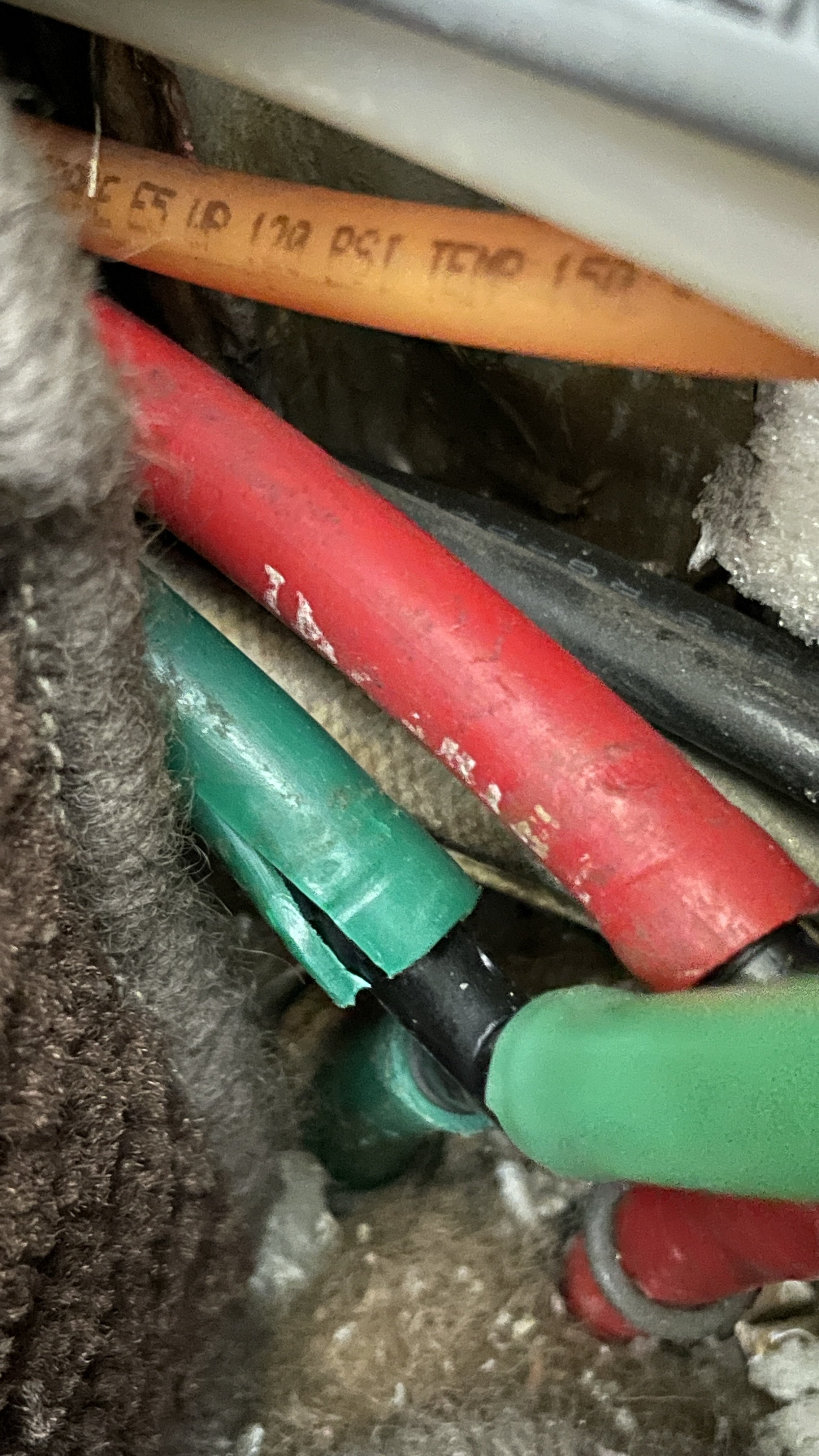Brittain Main. Positive Control System. Course and Heading. Altitude Control. Tidbits and Rules of Thumb. Parts Gallery.
Tidbits and Rules of Thumb
Brittian Tool Information
This is a reminder to my mechanic - which tools to grab to reduce the back and forth to the tool box and the unwinding of the arm from the access panel.
Allen wrench size for decay "box" = 1/16"
Size of attachment nut on small servo 1/2"
Size of vacuum hose nut = 9/16"
Bolts and nuts connecting the rudder to the servo's – 3/8 inch
Servo and Vacuum system failure rule of thumb write up:
The aileron servo pulls the aileron down and “pushes the wing up” with increased vacuum, therefore when the servo leaks it permits the other side to pull its aileron down (as there isn’t a balanced vacuum counterbalance) .
In other words, when a servo fails, it "pushes its aileron up" and "pulls its wing down" and creates a turn to its side.
The wing falls off and turns to the failed servo (or vacuum) side
Another check, the roll trim attempts to increase vacuum to the side it is pointing away from (it tries to pick up the wing opposite of where it is pointing). Therefore, the roll trim points away from the failed servo (or vacuum).
Hoses
Vacuum Hose (the black rubber ones) that usually attach to filters - 7/32” vacuum hose
Servo Hoses (the red, green (and blue and yellow if you have altitude hold) hoses) - Parker Parflex 3/8” OD; 0.062” walls; Type 1, Grade ES WP
“Small” Leak
Below are photos of a cracked poly-hose both in the airplane and after removed. I’m sharing these as a view of “how a small split can impact the whole system.” In the plane, this split looks quite large - but as I think about it, it is probably about the size of a 1.5mm diameter hole in a line. That doesn’t seem crazy big to me, but this split impacted the whole system - altitude hole (became mushy) and direction hold stopped (my “Roll Tide”/Roll Trim was rotated all of the way to the left).


